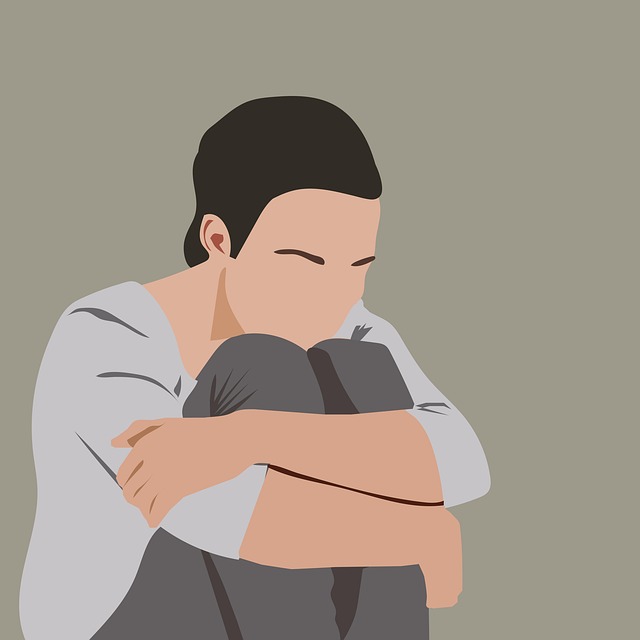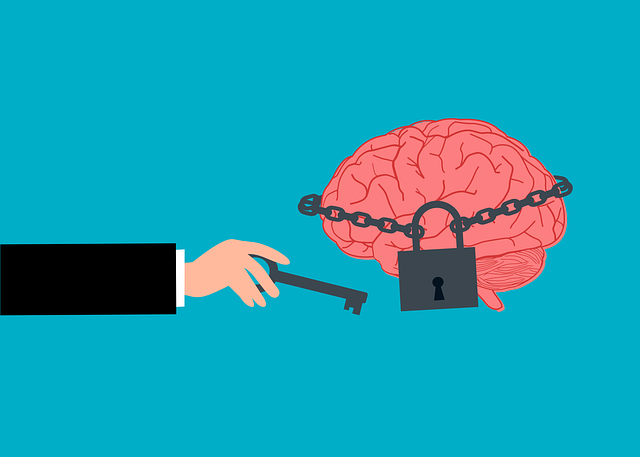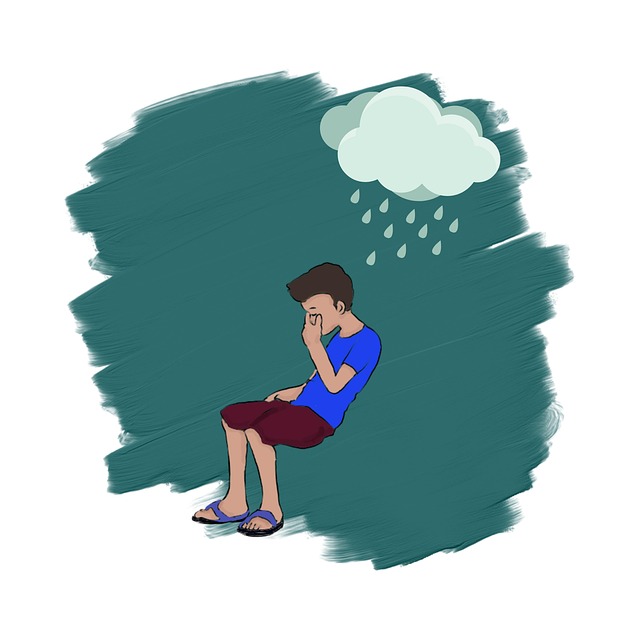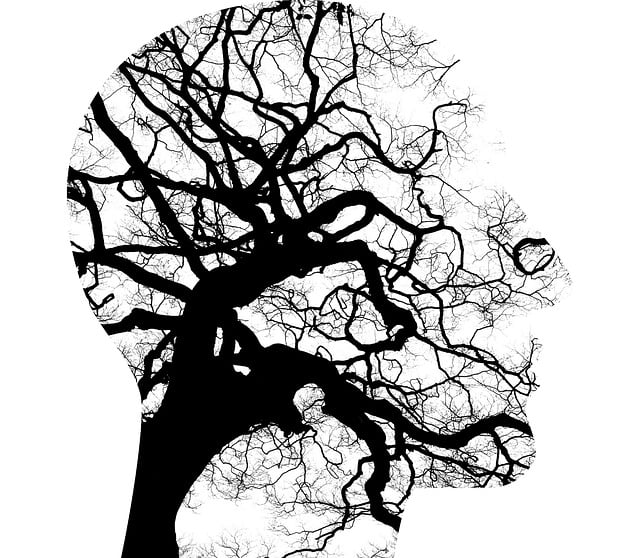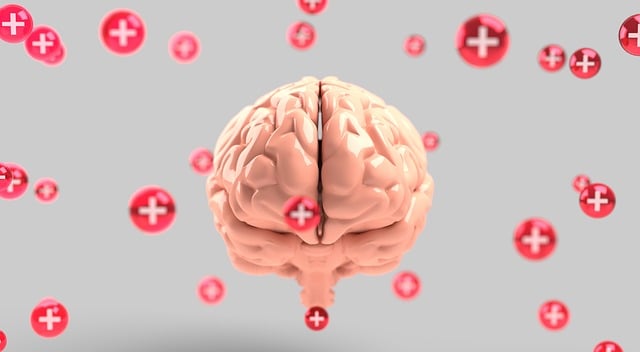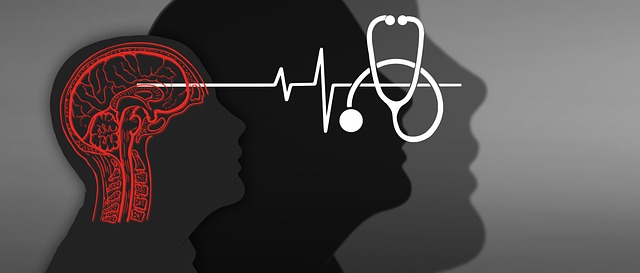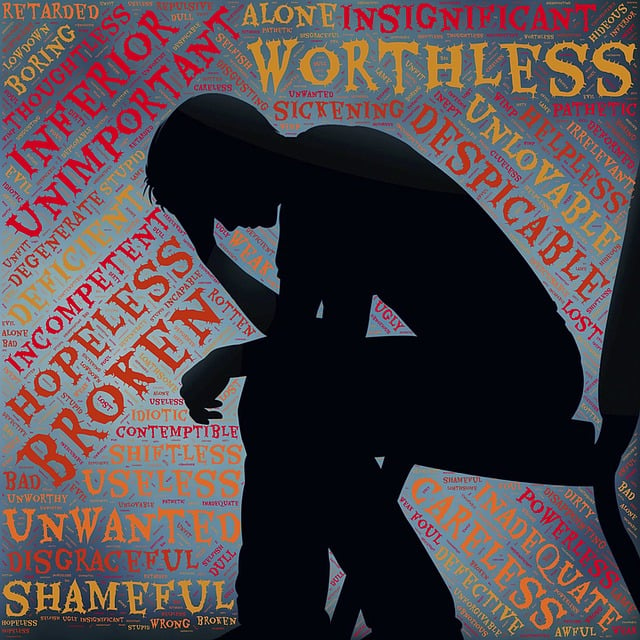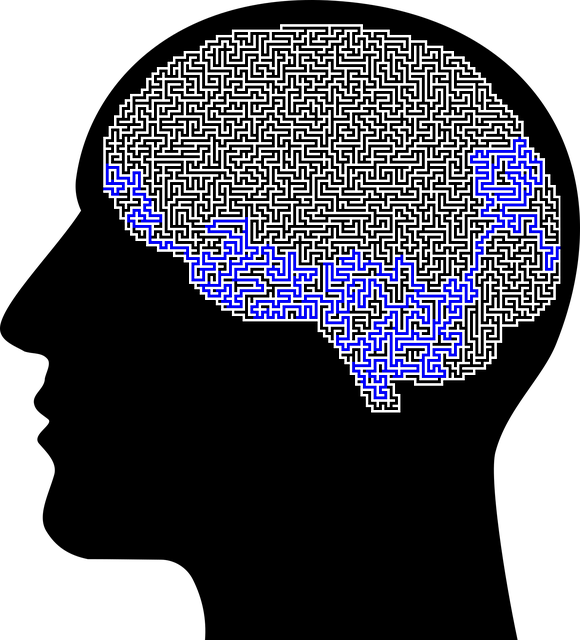Castle Rock Panic Disorder (CRPD) significantly impacts daily life with unexpected panic attacks, leading to avoidance behaviors. CBT tailored for CRPD and anxiety attacks is a key therapy, teaching individuals to identify negative thoughts and develop coping strategies. Evidence-based techniques, combined with lifestyle changes like exercise and balanced nutrition, offer long-term solutions. Overcoming stigma through open conversations and journaling promotes mental wellness and encourages help-seeking behaviors. Specially tailored therapy and support systems empower individuals to manage CRPD and anxiety attacks effectively.
Mental wellness promotion is a holistic approach that tackles various aspects of psychological health, with a specific focus on conditions like Castle Rock Panic Disorder (CRPD) and anxiety attacks. This article delves into understanding CRPD’s symptoms and impact, exploring effective therapy approaches for managing anxiety attacks. We discuss creating supportive environments, integrating lifestyle changes for long-term mood regulation, and overcoming the stigma surrounding anxiety disorders through open conversations. By examining these key areas, we aim to enhance knowledge and foster positive mental health practices.
- Understanding Castle Rock Panic Disorder: Symptoms and Impact
- Therapy Approaches for Effective Treatment of Anxiety Attacks
- Creating a Supportive Environment for Mental Wellness Promotion
- Integrating Lifestyle Changes for Long-Term Mood Regulation
- Overcoming Stigma: Encouraging Open Conversations About Anxiety Disorders
Understanding Castle Rock Panic Disorder: Symptoms and Impact

Castle Rock Panic Disorder (CRPD) is a severe form of anxiety characterized by recurrent and unexpected panic attacks that aren’t caused by any apparent danger or stressor. This condition, named after its signature manifestation—a sudden, intense fear that feels like being pinned against a rock—can significantly impact an individual’s daily life. Symptoms include rapid heartbeat, sweating, trembling, shortness of breath, and a feeling of losing control or impending doom. CRPD often leads to avoidance behaviors as individuals try to evade triggering situations, which can further isolate them and diminish their quality of life.
Anxiety attacks, a core component of CRPD, can be debilitating and may disrupt one’s ability to function normally. Therapy, especially cognitive-behavioral therapy (CBT) tailored to CRPD, plays a pivotal role in managing the disorder. CBT teaches individuals to identify and challenge negative thought patterns, understand emotional intelligence, and develop coping strategies. The Mind Over Matter principles, focusing on rewiring negative thoughts, combined with emotional healing processes, offer a promising path to recovery for those dealing with CRPD and Anxiety Attacks.
Therapy Approaches for Effective Treatment of Anxiety Attacks

Creating a Supportive Environment for Mental Wellness Promotion

Creating a supportive environment is key to fostering mental wellness, especially for individuals dealing with conditions like Castle Rock panic disorder and anxiety attacks. This involves cultivating a space where people feel safe to express their emotions openly, free from judgment or stigmatization. Healthcare professionals play a pivotal role in establishing such environments through practices like compassion cultivation, which encourages empathy and understanding towards patients’ struggles. By creating a non-threatening atmosphere, individuals are more likely to seek help and engage in therapy, be it cognitive behavioral therapy or other evidence-based approaches.
Furthermore, incorporating social skills training and self-care practices within this supportive setting can significantly enhance mental wellness promotion. These initiatives enable individuals to develop coping strategies, build resilience, and foster meaningful connections with others—all essential components for managing anxiety disorders effectively. Ultimately, a supportive environment acts as a foundation, encouraging individuals to prioritize their mental health and actively participate in their journey towards recovery.
Integrating Lifestyle Changes for Long-Term Mood Regulation

In the pursuit of long-term mood regulation, integrating lifestyle changes is paramount. This involves adopting healthy habits such as regular exercise, balanced nutrition, and adequate sleep—all of which have been proven to enhance mental wellness and mitigate symptoms associated with conditions like Castle Rock Panic Disorder and Anxiety Attacks. These simple yet powerful shifts can significantly reduce stress levels and foster resilience against crises, contributing to a more stable emotional landscape over time.
Mental wellness coaching programs play a crucial role in guiding individuals through these transformations. They provide tailored strategies for managing triggers, incorporating effective stress reduction methods, and developing coping mechanisms that extend beyond traditional therapy sessions. By combining these approaches with the right mindset and support system, individuals can achieve lasting improvements in their mental health, effectively navigating life’s challenges with newfound confidence and poise.
Overcoming Stigma: Encouraging Open Conversations About Anxiety Disorders

Overcoming stigma associated with anxiety disorders is a vital step in promoting mental wellness. Cast a wide net through open conversations to dissect and demystify Castle Rock Panic Disorder and Anxiety Attacks, dispelling misconceptions that often surround them. Mental illness stigma reduction efforts should focus on raising awareness and fostering empathy. Encouraging individuals to share their experiences can serve as a powerful tool for education and connection. This approach paves the way for those struggling with anxiety to seek help without fear of judgment or rejection.
Journaling exercises tailored towards mental wellness can be a beneficial self-care practice. By documenting thoughts and feelings, individuals gain valuable insights into their triggers and coping mechanisms. The act of putting pen to paper provides a safe space for expression, enabling better understanding of one’s emotional landscape. This form of guidance empowers people to take charge of their mental health by promoting self-reflection and fostering resilience against anxiety disorders like Castle Rock Panic Disorder.
Promoting mental wellness involves a multifaceted approach, from understanding specific disorders like Castle Rock Panic Disorder and its impact on individuals, to employing effective therapy approaches for anxiety attacks. Creating supportive environments and integrating lifestyle changes are equally crucial for long-term mood regulation. Overcoming the stigma associated with anxiety disorders encourages open conversations, fostering an atmosphere of understanding and care. By combining education, therapy, and positive lifestyle adjustments, we can significantly enhance mental wellness and improve the quality of life for those affected by conditions like Castle Rock Panic Disorder and anxiety attacks.


